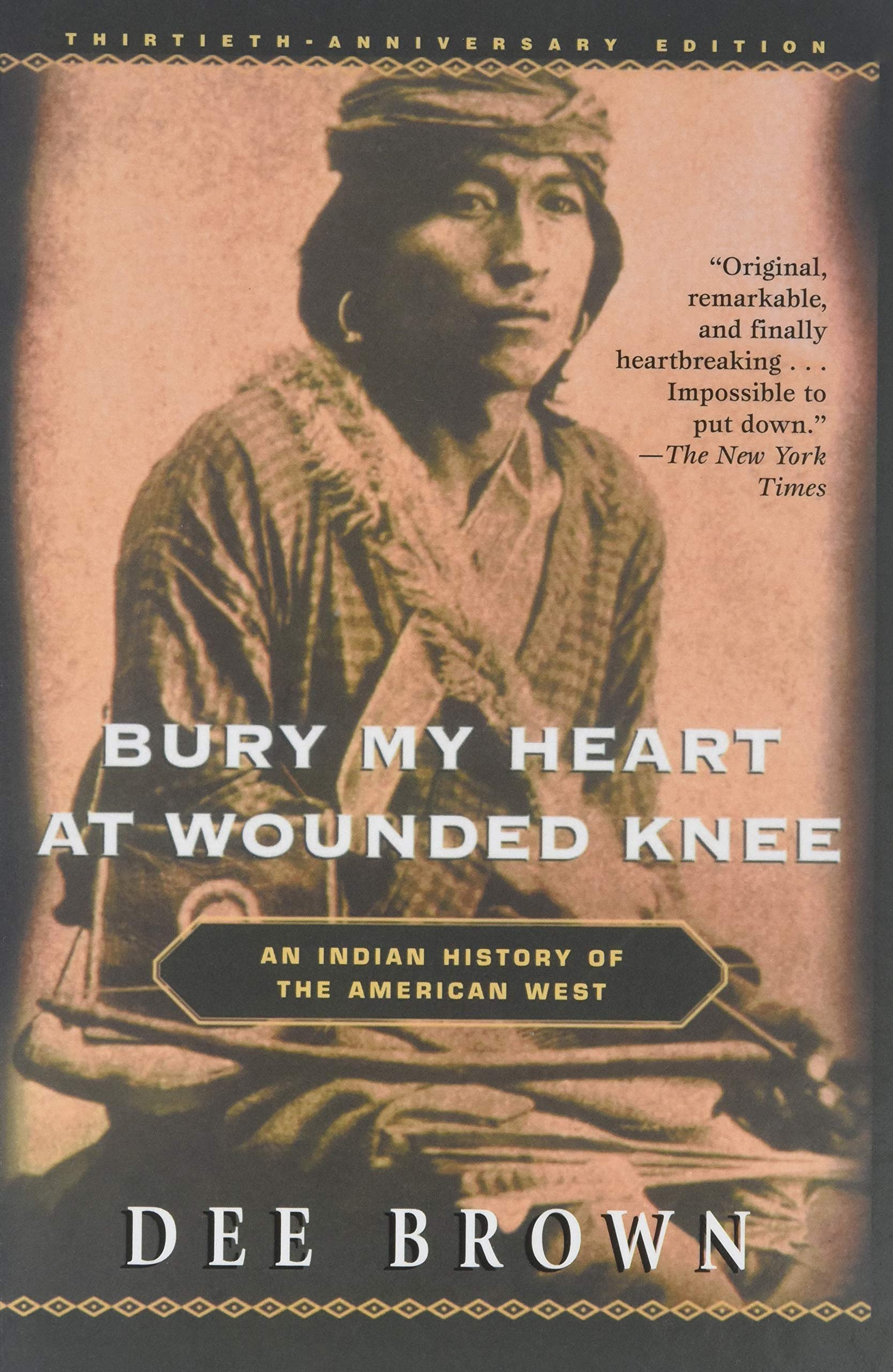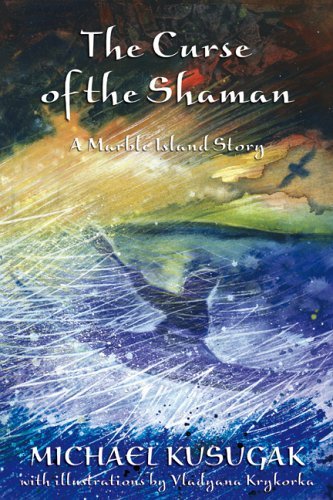RESOURCES FOR LEARNING
Know of a learning resource not listed here? Use the button below to share the resource with The Orange Path and help others on their journey to truth and reconciliation.

First Nations Version: An Indigenous Translation of the New Testament
The FNV is a dynamic equivalence translation of the New Testament that captures the simplicity, clarity, and beauty of Native storytellers in English, while remaining faithful to the original language of the Bible.

Peace Pipe Dreams: The Truth about Lies about Indians
Darrell Dennis is a stereotype-busting, politically incorrect Native American/Aboriginal/Shuswap (Only he's allowed to call himself an "Indian." Maybe. Under some circumstances). With a large dose of humour and irreverence, he untangles some of the truths and myths about First Nations: Why do people think Natives get free trucks, and why didn't he ever get one? Why does the length of your hair determine whether you’re good or bad? By what ratio does the amount of rain in a year depend on the amount of cactus liquor you consume?

Bury My Heart at Wounded Knee
Immediately recognized as a revelatory and enormously controversial book since its first publication in 1971, Bury My Heart at Wounded Knee is universally recognized as one of those rare books that forever changes the way its subject is perceived. Now repackaged with a new introduction from bestselling author Hampton Sides to coincide with a major HBO dramatic film of the book, Bury My Heart at Wounded Knee.

The North-West Is Our Mother
There is a missing chapter in the narrative of Canada’s Indigenous peoples—the story of the Métis Nation, a new Indigenous people descended from both First Nations and European.
Their story begins in the last decade of the eighteenth century in the Canadian North-West. Within twenty years the Métis proclaimed themselves a nation and won their first battle. Within forty years they were famous throughout North America for their military skills, their nomadic life and their buffalo hunts.

Clearing the Plains: Disease, Politics of Starvation, and the Loss of Indigenous Life
Clearing the Plains: Disease, Politics of Starvation, and the Loss of Indigenous Life

1491: New Revelations of the Americas Before Columbus
In this groundbreaking work of science, history, and archaeology, Charles C. Mann radically alters our understanding of the Americas before the arrival of Columbus in 1492.

A Knock on the Door: The Essential History of Residential Schools
It can start with a knock on the door one morning. It is the local Indian agent, or the parish priest, or, perhaps, a Mounted Police officer? So began the school experience of many Indigenous children in Canada for more than a hundred years, and so begins the history of residential schools prepared by the Truth & Reconciliation Commission of Canada (TRC). Between 2008 and 2015, the TRC provided opportunities for individuals, families, and communities to share their experiences of residential schools and released several reports based on 7000 survivor statements and five million documents from government, churches, and schools, as well as a solid grounding in secondary sources.

Indigenous Relations: Insights, Tips & Suggestions to make Reconciliation a Reality
A timely sequel to the bestselling 21 Things You May Not Know About the Indian Act - and an invaluable guide for anyone seeking to work more effectively with Indigenous Peoples. We are all treaty people. But what are the everyday impacts of treaties, and how can we effectively work toward reconciliation if we're worried our words and actions will unintentionally cause harm?

The Curse of The Shaman
Michael Kusugak, consummate storyteller and bestselling author, conjures up an Inuit tale of adventure, perseverance and first-time love shot through with humanity and humour. This is a story perfect for its pre-teen and ’tween audience, where even the strong and the mighty have bad days, the bully gets his due and a dream can come true.

Firewater
A passionate call to action, Firewater examines alcohol-its history, the myths surrounding it, and its devastating impact on Indigenous people.

Porcupines and China Dolls
Enough alcohol silences the demons for a night; a gun and a single bullet silences demons forever. When a friend commits suicide and a former priest appears on television, the community is shattered. James and Jake confront their childhood abuse and break the silence to begin a journey of healing and rediscovery.

Arctic Dreams and Nightmares
An intricate blending of written and visual imagery, this book is an Arctic journey interpreted through the mythological world of Inuit. With twenty short stories and accompanying pen ink drawings, it is the first publication to exclusively feature the writing and artwork of Alootook Ipellie.

Yamoria the Lawmaker
Dene Elder George Blondin creates a spiritual guidebook that weaves together oral stories with the recounting of how the northern Canadian Dene came to depend on the European fur traders. The result is a magical journey for readers of any heritage.

Tilly
In this semi-autobiographical coming-of-age novel, a young girl discovers that her mother, a Cree, was stolen away from her family as a child. She finds the strength to come to terms with her aboriginal heritage and learns to embrace her identity.

Bawaajigan
Bawaajigan—an Anishinaabemowin word for dream or vision—is a collection of powerful short fiction (urban-fantasy and high-fantasy; alternative histories, and alternative realities; brushes with the supernatural, the prophetic, the hallucinatory, and the surreal) by Indigenous writers from across Turtle Island.

Nobody Cries at Bingo
In Nobody Cries At Bingo, the narrator, Dawn, invites the reader to witness first hand Dumont family life on the Okanese First Nation. Beyond the sterotypes and clichés of Rez dogs, drinking, and bingos, the story of a girl who loved to read begins to unfold. It is her hopes, dreams, and indomitable humour that lay bear the beauty and love within her family. It is her unerring eye that reveals the great bond of family expressed in the actions and affections of her sisters, aunties, uncles, brothers, cousins, nieces, nephews, and ultimately her ancestors.

This House Is Not a Home
After a hunting trip one fall, a family in the far reaches of so-called Canada’s north return to nothing but an empty space where their home once stood. Finding themselves suddenly homeless, they have no choice but to assimilate into settler-colonial society in a mining town that has encroached on their freedom.

When We Were Alone
A young girl notices things about her grandmother that make her curious. Why does her grandmother have long, braided hair and beautifully coloured clothing? Why does she speak Cree and spend so much time with her family? As she asks questions, her grandmother shares her experiences in a residential school, when all of these things were taken away.

Surviving the City
Tasha Spillett's graphic novel debut, Surviving the City, is a story about womanhood, friendship, colonialism, and the anguish of a missing loved one. Miikwan and Dez are best friends. Miikwan is Anishinaabe; Dez is Inninew. Together, the teens navigate the challenges of growing up in an urban landscape - they're so close, they even completed their Berry Fast together. However, when Dez's grandmother becomes too sick, Dez is told she can't stay with her anymore. With the threat of a group home looming, Dez can't bring herself to go home and disappears. Miikwan is devastated, and the wound of her missing mother resurfaces. Will Dez's community find her before it's too late? Will Miikwan be able to cope if they don't?

Four Faces of the Moon
On a journey to uncover her family’s story, Spotted Fawn travels through time and space to reclaim connection to ancestors, language, and the land in this essential graphic novel.